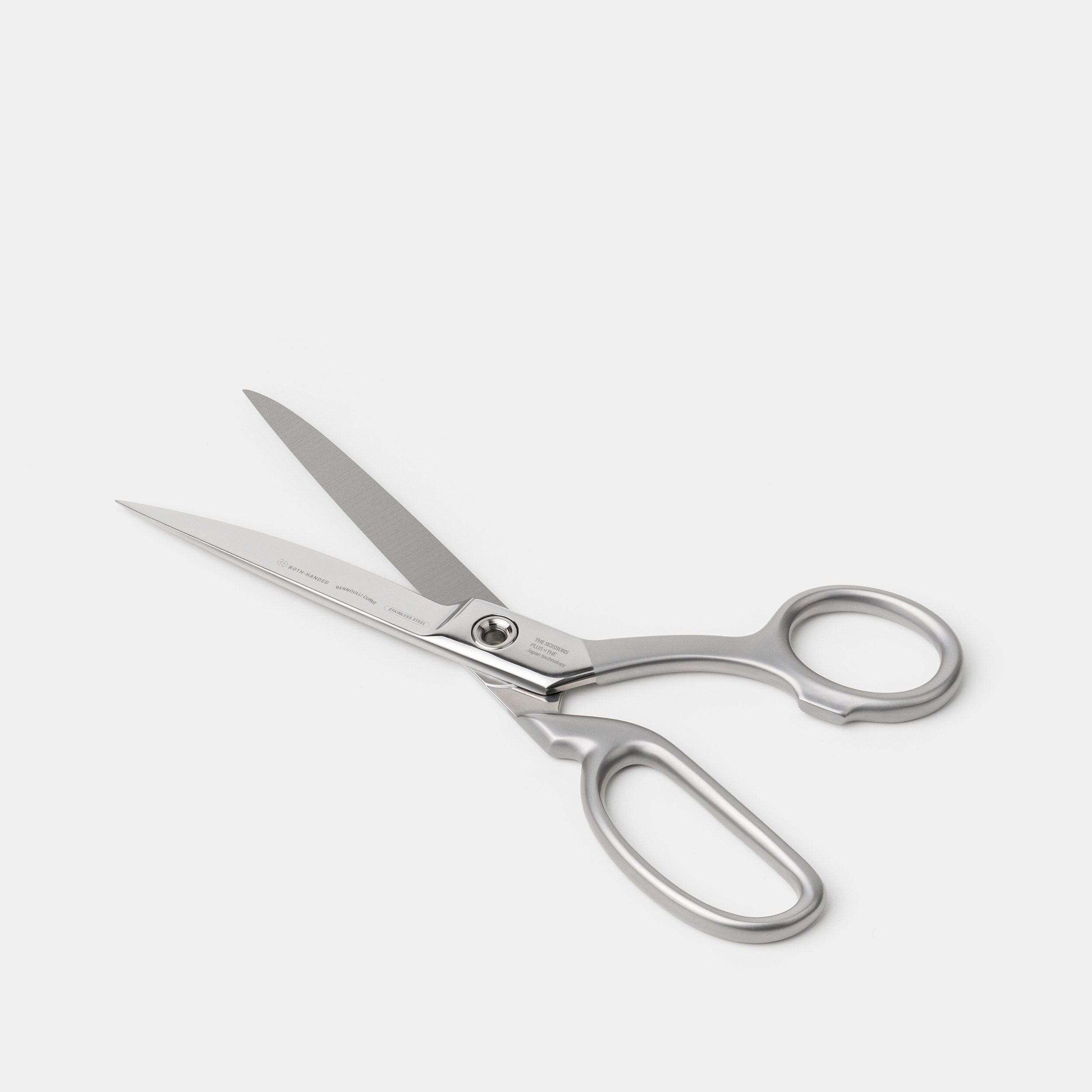
Key Sewing Terms
Important terms to know along your sewing journey!

Seam Rippers

Bias Tape

Darts

Presser Foot

Cutting Shears

Sewing Pattern
KEY TERMS
Back Stitch: The process of stitching backwards over the loose threads at the beginning and end of a project to secure the threads so they don’t come loose and the fabric pieces come apart.
Baste: The technique of hand stitching or machine stitching with a long stitch length to temporarily hold two pieces of fabric together before they are stitched together permanently. A backstitch or a knot is not used in case the threads need to be pulled out and removed.
Bias: A woven fabric does not have a stretch across the grain line from left to right, and up and down. There is no stretch in the grain. However, diagonally across the grain is the bias, where the fabric will give a bit, which is why making garments “on the bias” or “cross-grain” give a woven a nice drape.
Bias Tape: Pre-made strips of fabric in various sizes that are cut diagonally across the grain to give the fabric some movement so it will turn curves nicely.
Blind Hem (also known as Invisible Hem): The technique of sewing a blind hem stitch, which consists of several straight stitches followed by a zig-zag stitch, across the hem of a garment so that the thread on the right side of the fabric is nearly invisible to the naked eye. Can be done by hand or machine with a Blind Hem foot.
Darts: A wedge-shaped fold in the fabric used to shape garments to the body.
Ease: Distributing the fabric on a curve evenly to join to another curve (usually going in the opposite direction) to get a good fit. Commonly used in sleeves.
Feed Dogs: The feed dogs move the fabric under the presser foot of the sewing machines and control the length of the stitch.
Grain: The direction of the threads running through a woven fabric.
Hem: The act of finishing the bottom of a garment so no raw edges are seen.
Interfacing: The term for a variety of materials that are used on the wrong side (either fused or sewn in) of a fabric to give it more stability or loft or whatever the desired effect may be.
Interlining: A lining used on the back of a fabric, but sewn together with the fabric so the two fabrics act as one during construction.
Lining: An inner layer of fabric that provides a “slippery” layer underneath a garment to allow it to move freely around the body when worn. Linings are also used to cover seam allowances.
Notions: Small accessories used to help with your sewing project. Examples: scissors, needles, thread, seam ripper, zippers, etc.
Pattern: A set of sewing instructions with sized templates used to assemble a sewn item.
Pressing: Using an iron to press wrinkles from a fabric or press a crease in place.
Pre-Wash: After a fabric is purchased, it can be pre-washed. This is an important step if it is going to be made into a garment or project that will be machine washed and dried. This way the fabric will be pre-shrunk before constructing the garment. Typically, pre-washing of the fabric is done in the same manner that the garments is going to be washed when completed.
Right Side: The “front” side of the fabric; usually the printed side of the fabric.
Seam: The line where two pieces of fabric are joined together by sewing them with thread.
Seam Allowance: The small space of fabric between the raw edge and where the seam is sewn. Common seam allowances range from ¼ inch to 5/8 inch. Woven fabric can fray, so the seam needs to be sewn away from the raw edge for security.
Selvage: The edge of a woven fabric produced during the manufacturing process. This edge keeps the fabric from raveling.
Stay Stitch: Pre-sewing along the edge of a curve to help prevent the fabric from stretching along the “bias” when assembling a garment. Often used on the curves of sleeves for stability during garment construction.
Tension: The amount of “pinching” done to your thread as it flows through your sewing machine. Thicker fabrics need a higher tension
(a harder pinch so the thread doesn’t flow out too quickly), and thinner fabrics need less tension (a lesser pinch to let the thread out easily to prevent puckering).
Top Stitch: The process of stitching on the exterior side of a project to finish seams or folds to keep them in place. Usually paired with a longer stitch length which looks more professional and can make it easier to go in a straight line. Also, known as Edge Stitching if it is done near a fold of fabric.
Under Stitch: Sewing a line of stitching along the seam allowance to the facing or lining to help keep it flat and prevent it from popping up and creating bulk under a seam.
Wrong Side: The “back” side of the fabric; usually the opposite side of a distinctly printed fabric.
Terms from nationalsewingcircle.com
